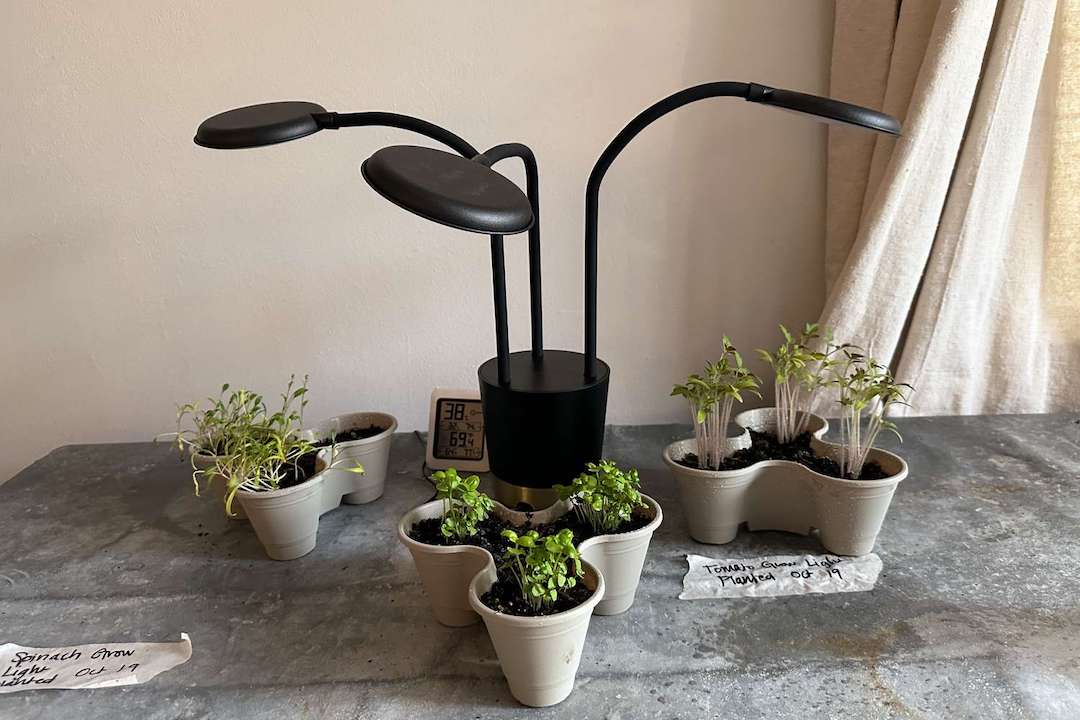Indoor greenery has become increasingly popular in recent years, and for good reason. The presence of plants within our living and working spaces offers a multitude of benefits that extend beyond mere aesthetics. One of the most significant advantages is the improvement of air quality.
Plants naturally filter toxins from the air, absorbing carbon dioxide and releasing oxygen through the process of photosynthesis. This not only enhances the overall atmosphere but can also lead to better respiratory health for those who inhabit the space. Studies have shown that certain plants, such as peace lilies and spider plants, are particularly effective at removing common indoor pollutants like formaldehyde and benzene.
Moreover, indoor greenery contributes to mental well-being. Numerous studies have indicated that being surrounded by plants can reduce stress levels, enhance mood, and even boost productivity. The calming effect of greenery can create a more serene environment, which is especially beneficial in high-stress settings like offices or hospitals.
For instance, a study conducted by researchers at the University of Queensland found that employees in workplaces adorned with plants reported a 15% increase in productivity compared to those in barren environments. This connection between nature and psychological health underscores the importance of incorporating greenery into our daily lives.
Understanding the Importance of Light for Plant Growth
Light is a fundamental requirement for plant growth, serving as the primary energy source for photosynthesis. This process allows plants to convert light energy into chemical energy, which is essential for their growth and development. Different plants have varying light requirements; some thrive in bright, direct sunlight, while others prefer low-light conditions.
Understanding these needs is crucial for anyone looking to cultivate indoor greenery successfully. For example, succulents and cacti typically require several hours of direct sunlight each day, while ferns and snake plants can flourish in shadier environments. In addition to the quantity of light, the quality and spectrum of light are equally important.
Plants utilize specific wavelengths of light for different stages of growth. Blue light, for instance, is vital during the vegetative stage as it promotes leaf development and overall plant health. Conversely, red light is essential during the flowering stage, encouraging blooming and fruiting.
This understanding of light’s role in plant growth has led to the development of specialized lighting solutions that cater to the diverse needs of indoor plants.
How Plant Growth Lamps Work
Plant growth lamps are designed to provide the specific wavelengths of light that plants require for optimal growth. Unlike standard household bulbs, which emit a broad spectrum of light, growth lamps are engineered to focus on the wavelengths that are most beneficial for photosynthesis. These lamps typically utilize LED technology or fluorescent tubes, both of which can be tailored to emit specific colors of light.
LED grow lights have gained popularity due to their energy efficiency and longevity. They produce less heat than traditional bulbs, reducing the risk of overheating plants while also consuming less electricity. Additionally, many LED grow lights come with adjustable spectrums, allowing users to customize the light output according to the specific needs of their plants at various growth stages.
Fluorescent grow lights, on the other hand, are often more affordable and can be an excellent option for beginners or those with smaller setups. They provide a good balance of blue and red light but may require more frequent replacement than LEDs.
Choosing the Right Plant Growth Lamp for Your Indoor Greenery
Selecting the appropriate plant growth lamp involves considering several factors, including the types of plants you are growing, the size of your indoor space, and your budget. For instance, if you are cultivating a variety of plants with different light requirements, you may want to invest in a full-spectrum LED grow light that can accommodate all your plants’ needs. These lights provide a balanced spectrum that supports both vegetative growth and flowering.
Another critical consideration is the intensity of the light Muzzhome. Plants that require high light levels, such as tomatoes or peppers, will need more powerful lamps compared to low-light plants like pothos or peace lilies. It’s essential to assess the distance between the lamp and your plants; too much distance can result in insufficient light reaching your greenery.
Additionally, consider the duration of light exposure; most indoor plants benefit from 12 to 16 hours of light per day during their growing season.
Tips for Using Plant Growth Lamps Effectively
To maximize the benefits of plant growth lamps, it’s essential to implement effective usage strategies. One key tip is to monitor your plants closely for signs of light stress or deficiency. Yellowing leaves or leggy growth can indicate that your plants are not receiving adequate light or are being exposed to too much intensity.
Adjusting the height of your lamp or changing its duration can help mitigate these issues. Another effective strategy is to rotate your plants regularly. This practice ensures that all sides receive equal exposure to light, promoting balanced growth and preventing one-sided stretching.
Additionally, consider using reflective materials around your growing area to enhance light distribution. Mylar or white paint can help bounce light back onto your plants, increasing overall exposure without requiring additional energy consumption.
Common Mistakes to Avoid When Using Plant Growth Lamps
Avoid Overlighting
One prevalent mistake is overestimating the amount of light needed by their plants. While it may seem logical that more light equals better growth, excessive exposure can lead to heat stress and damage foliage.
Understand Plant-Specific Needs
It’s crucial to research each plant’s specific needs and adjust lighting accordingly. Another frequent error is neglecting to account for the natural photoperiods that many plants require. Some species thrive with a consistent day-night cycle, while others may need periods of darkness to trigger flowering or other growth stages.
Maintain a Natural Rhythm
Failing to provide this balance can disrupt their natural rhythms and hinder overall health. Using timers can help automate this process and ensure that your plants receive consistent care.
Maintenance and Care for Plant Growth Lamps
Proper maintenance of plant growth lamps is essential for ensuring their longevity and effectiveness. Regularly cleaning the bulbs or fixtures is crucial as dust and grime can accumulate over time, reducing light output significantly. A simple wipe-down with a damp cloth can help maintain optimal performance.
Additionally, it’s important to monitor the lifespan of your bulbs or LEDs. Most grow lights have a specified lifespan measured in hours; keeping track of this can help you replace them before they lose efficiency. For LED lights, check for any flickering or color changes that may indicate a need for replacement.
Ensuring that your lighting system is functioning correctly will contribute significantly to the health and vitality of your indoor greenery.
Enhancing Your Indoor Greenery with Plant Growth Lamps
Integrating plant growth lamps into your indoor gardening setup can transform your space into a lush oasis filled with vibrant greenery. By providing tailored lighting solutions that meet the specific needs of your plants, you can cultivate a diverse array of species regardless of natural sunlight availability. This capability opens up opportunities for growing herbs in kitchens, tropical plants in living rooms, or even vegetables in basements.
Moreover, using plant growth lamps allows you to extend your growing season significantly. With controlled lighting conditions, you can encourage year-round growth and flowering cycles that would otherwise be limited by seasonal changes outside. This adaptability not only enhances your indoor environment but also fosters a deeper connection with nature as you nurture your plants through their various life stages.
In conclusion, understanding how to effectively use plant growth lamps can significantly enhance your indoor gardening experience. By choosing the right lamp, implementing effective usage strategies, avoiding common mistakes, and maintaining your equipment properly, you can create a thriving indoor garden that brings joy and beauty into your home or workspace.

